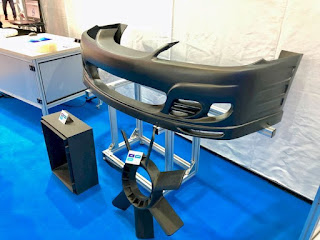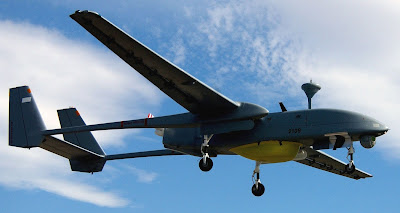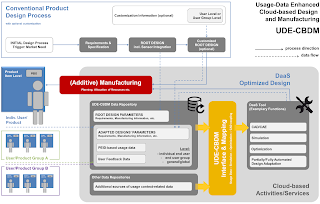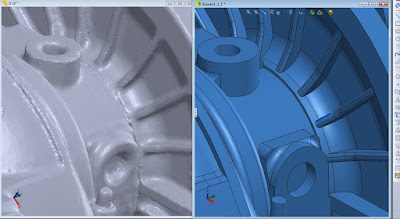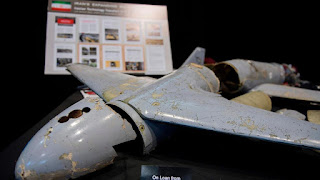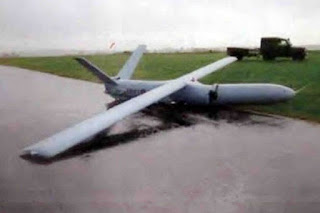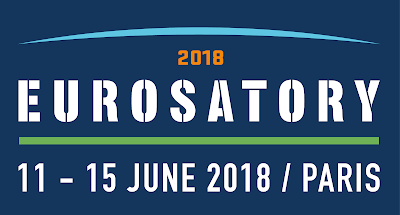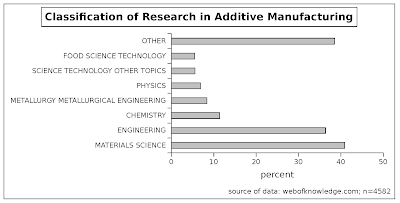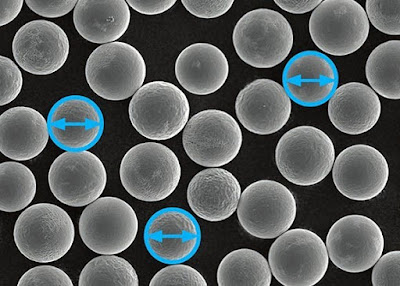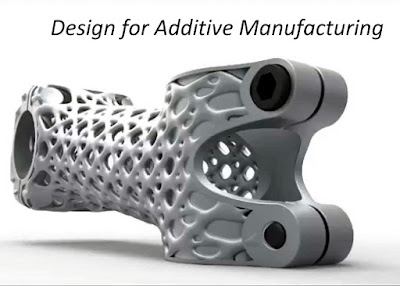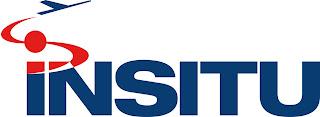After reading the title of this post, you may be thinking that the Super Discovery is merely a very large version of a standard 3D Production System.
Well, this is not the case: Some of the Super Discovery’s specifications are a bit unusual for 3D Production Systems. The minimum layer size, for example, is 0.5 mm, which may be perhaps not surprising. But the largest possible layer size, one that might be used when 3D printing large items, is 10 mm.
The manufacturer has installed a hot end that is capable of hitting an astonishing 450 ºC, making the Super Discovery able to attempt 3D printing of many strong engineering materials... in huge sizes. Their high-performance material capability is extremely interesting because it opens up the possibility of 3D Printing large production components for military UAVs, among other applications.
This enormous 3D printer that uses pellets as input material, is developed and produced in Spain by a company that began developing 3D Printing technology five years ago. Prior to that, and still occurring, is their marketing of other manufacturing equipment, including CNCs, lasers, and the like.
What is the price of this massive machine? Well, it depends, because each machine is custom built. But you will find more info at:



